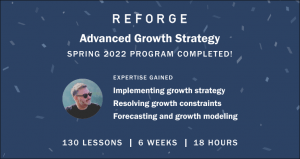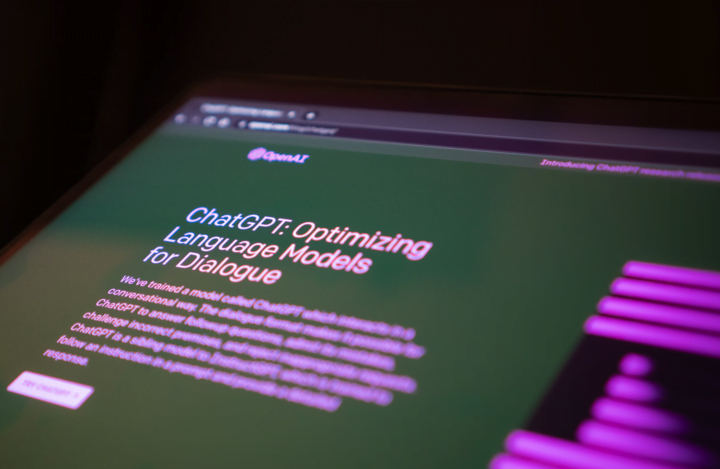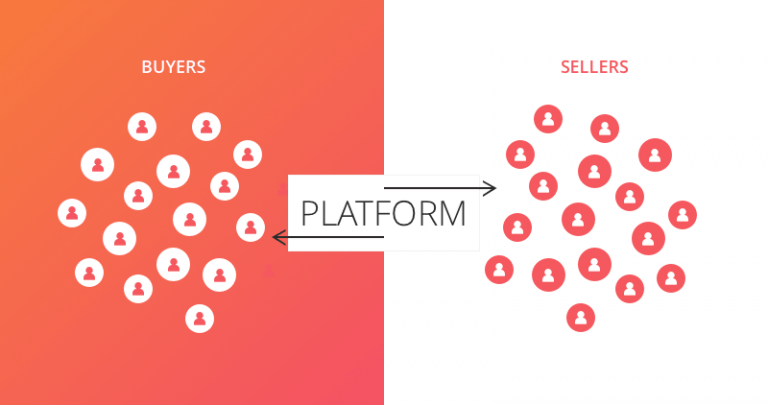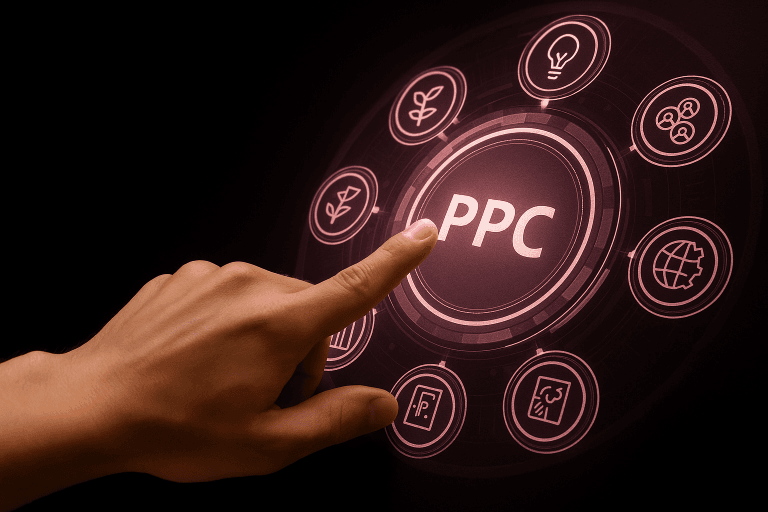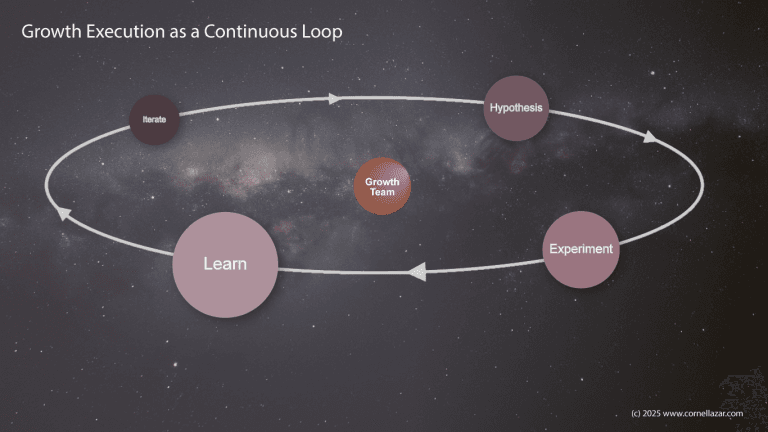In this post, I’ll discuss the corporate rebrand I led for Datasine (acquired by Shutterstock). I’ll share some insights and learnings on what brands should ask before deciding on a rebrand.
This is the second of two articles on the Datasine rebrand.
When I first start talks with the leadership of an organisation, one of the first things that come up is, “we need to rebrand”. Startups in particular love to rebrand. It’s cool – right?
For a marketer like me, few projects are more exciting than leading a rebrand. The chance to reshape how a brand presents itself is a dream job.
But brands often don’t grasp how big a rebrand is.
A rebrand isn’t just new colours or a new logo. It’s rethinking the whole company. Unless leadership backs a full rebrand, it’ll likely be a waste of time and money.
What is a brand - and what's a 'rebrand'?

Before rebranding, it’s key to agree on what ‘brand’ means. I asked our Art Director Stephen Taylor (Heat Design) to define a brand.
“You can’t define a brand in one way,” he said. “It’s wrong to think it’s just a name, logo, identity, service or product.”
“A brand is the experiences customers perceive in their hearts and minds. It grows each time they engage.”
This ‘constellation of experiences’ is something Amazon CEO Jeff Bezos also identified in one poignant sentence during his 2012 TED talk: “Your brand is what people say about you when you’re not in the room.”
Branding needs consistent elasticity across touchpoints, going way beyond the website, logo and marketing. It includes culture, values, hiring, office vibe …
But brand isn’t just marketing. A rebrand means changing everything with a goal in mind.
As Stephen put it, “A rebrand is an excellent opportunity to review, refresh and refine a companies business strategy and vision.”
Authenticity = Self-knowledge
"The story of a rebrand" by Cornel Lazar Tweet
What's your purpose and DNA - why exist?
Defining your brand DNA and purpose matters most in rebranding. Decide who you are and your mission to clearly envision the rebrand. Stephen suggests asking, “Why choose you? Where will you be in 5-10 years?”
Simon Sinek’s “Start With Why” has become a bit of a cliché but it’s still very apt. Know your purpose – it opens doors to successful rebranding and celebrating your brand experience.
What struck me about Datasine was the innovative product and big vision, but none of that got communicated.
The product in its very essence is an AI that semantically understands the composition of a digital image, relates these to a psychological framework und by using machine learning is continuously improving its results. This can then be applied to large user data sets where the AI predicts what image most likely gets engagement from a particular user.
The old branding didn’t match the innovative nature of the product and organisation, internally and externally. It took asking these questions, and really thinking about the answers, to find going for a new brand felt just right.
Why rebrand?
Brands who know who they are, and what they stand for, start the identity process from a position of strength. They create a brand that is sustainable and genuine.
Once you’re clear on brand and rebrand, ask what makes the brand desirable amongst existing users and what made others drop off.
It can’t be vanity or because someone dislikes the logo. Often it’s a misunderstanding of branding, or the brand hasn’t been properly activated. The solution may be embracing the brand, not changing it.
I take three steps before advising on rebranding.
Talk to leadership
Ask what their understanding of a rebrand is. Get them to share clearly-defined goals or outcomes, hopes from the rebrand and what needs the rebrand will satisfy.
It is not just crucial to be on the same page, but it can be a complete showstopper if both sides discover misalignment when half-way into the project. It won’t end well.
It is not uncommon for inexperienced startup founders to see rebranding as a golden bullet. They’ve probably read something about Airbnb’s rebrand and Google’s design system and suddenly see a herd of purple unicorns waiting to jump into their backyard.
Your job is not to talk them out of it but to map hopes with reality; timelines, costs, drain on internal or external resources and eventually, growth targets:
- Will the new brand and UX bring in more qualitative leads into the funnel?
- Will it help reduce the time it takes lead getting through through the funnel?
- Will it help convert users more efficiently and reduce heavy Sales team reliance? (#PLG)
Review the current brand
You can’t judge if a rebrand is needed without examining the existing brand – its origins and internal/external perceptions. Stephen agrees reviewing brand perception is key.
“In the early stages, make sure all key decision-makers are involved and don’t be afraid to ask the newbies for their opinion,” he advised. “We found this to be one of the most effective ways of getting everyone engaged, and it gives you a fresh perspective.”
“Send out a customer questionnaire to get feedback on the company, revealing the good things, and not so good,” he adds.
I’d also suggest reaching out to your colleagues, friends and your professional contacts to ask their opinion as this will give you external insight, too.
If the old brand is not working, you’ll need to know why to avoid repeating the same mistakes with the new brand.
Engage with the wider organisation
Ask employees if they know who they are as a company and what their mission is — are they all aligned?
At Datasine, asking “do you want to rebrand?” revealed that the current brand wasn’t fully implemented and changes in the team over the years led to inconsistencies across many of the tangible (and intangible) touch points.
But what was more telling was that, as a young, fast-growth startup, time was never spent on defining who we are, and who we aspire to be.







